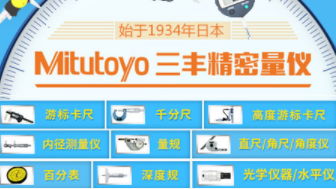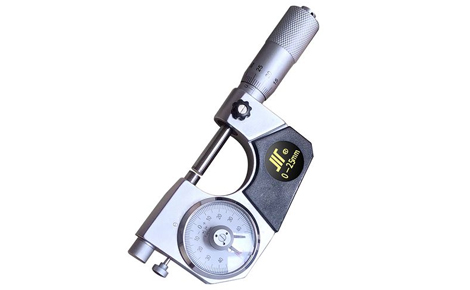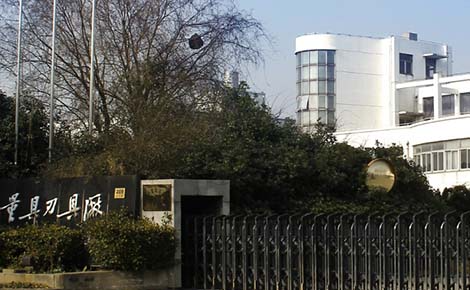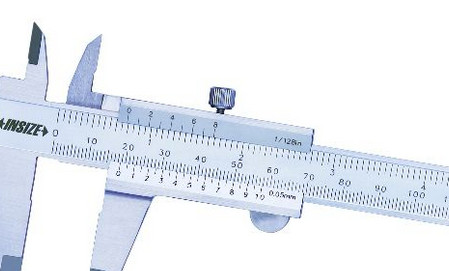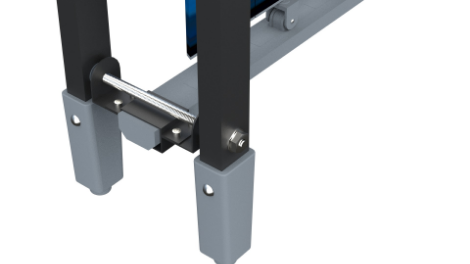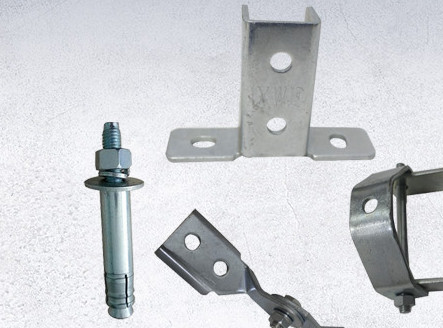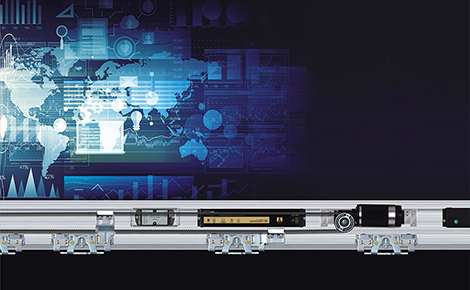
1個回答
Protractor: The Essential Tool for Measuring Angles

Introduction
A protractor is a fundamental tool used in geometry and trigonometry to measure and draw angles accurately. It is a simple yet powerful instrument that plays a crucial role in various fields, including engineering, architecture, and design. In this article, we will explore the history, types, and uses of protractors, as well as some tips for using them effectively.
History of Protractors
The concept of measuring angles dates back thousands of years. The ancient Egyptians and Greeks were among the first civilizations to use simple tools made of wood or bronze to measure angles. However, it wasn't until the 16th century that the protractor, as we know it today, was invented.
The term "protractor" is derived from the Latin word "protractus," which means "to draw forth." The first protractors were made of wood or ivory and were used primarily by navigators and cartographers. These early protractors consisted of a semicircular or circular shape with evenly spaced markings around the edge.
Types of Protractors
Over time, protractors have evolved, and today we have various types to choose from. The most common type is the semicircular protractor, which is a half-circle divided into 180 degrees. It is typically made of transparent plastic or metal and has a center point called the fulcrum. The markings on the protractor allow for precise measurement of angles.
Another type is the circular protractor, which is a complete circle divided into 360 degrees. This type of protractor is commonly used by engineers and architects for more precise measurements. It is often made of stainless steel or high-quality plastic and may include additional features like a rotating arm or a locking mechanism.
Uses of Protractors
Protractors are used in a wide range of applications, from simple geometry problems to complex engineering calculations. Here are some common uses of protractors:
1. Measuring Angles: The primary purpose of a protractor is to measure angles accurately. Whether it's in a math class or on a construction site, protractors help us determine the size of an angle, making it easier to solve problems and create precise designs.
2. Drawing Angles: Protractors are also used to draw angles of specific measurements. By placing the fulcrum on a starting point and aligning the desired angle measurement, we can create accurate and symmetrical angles.
3. Constructing Geometric Shapes: Protractors are essential tools for constructing various geometric shapes. By combining different angles, we can create polygons, triangles, and other complex shapes.
4. Trigonometry: In trigonometry, protractors are used to solve problems involving angles and sides of triangles. They help us measure and calculate angles accurately, which is crucial for trigonometric functions.
Tips for Using a Protractor Effectively
To ensure accurate measurements and drawings, here are some tips for using a protractor effectively:
1. Choose the Right Protractor: Consider the type of work you will be doing and choose a protractor that suits your needs. Semicircular protractors are suitable for most applications, while circular protractors are best for more precise measurements.
2. Align the Base Line: When measuring an angle, align the base line of the protractor with one side of the angle. This will ensure that the measurement starts from the correct point.
3. Read the Measurement: To read the measurement accurately, align the other side of the angle with the markings on the protractor. The intersection of the line and the marking will give you the angle measurement.
4. Practice: Like any skill, using a protractor effectively requires practice. Take some time to familiarize yourself with the instrument and practice measuring and drawing angles. The more you use it, the more comfortable and accurate you will become.
Conclusion
In conclusion, the protractor is an essential tool for measuring and drawing angles accurately. From its ancient origins to its modern-day variations, protractors have played a crucial role in various fields. By understanding the different types of protractors and using them effectively, we can solve geometry problems, create precise designs, and explore the fascinating world of angles. So, let's embrace the protractor and unlock the beauty of angles!


 掃一掃關注品牌網
掃一掃關注品牌網


 瀏覽(162)
瀏覽(162)

 贊(0)
贊(0) 分享
分享 舉報
舉報